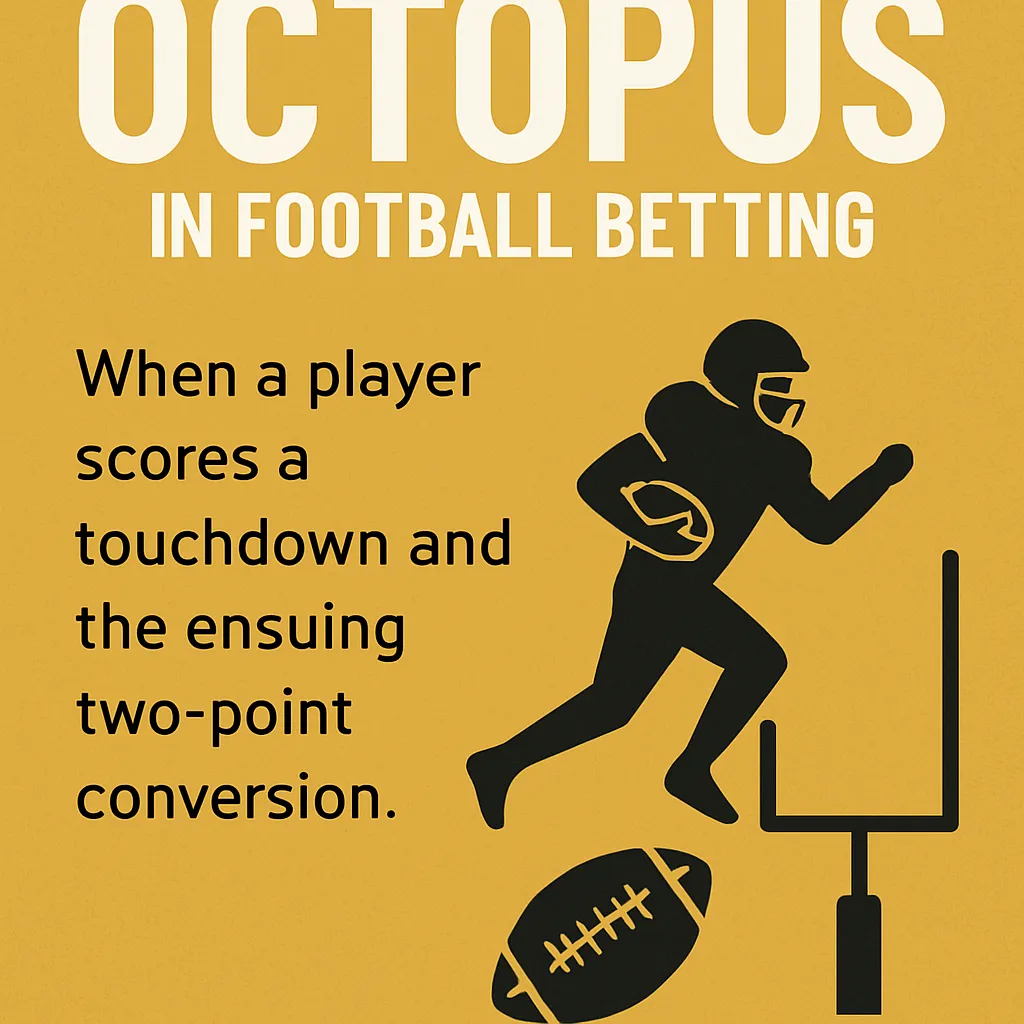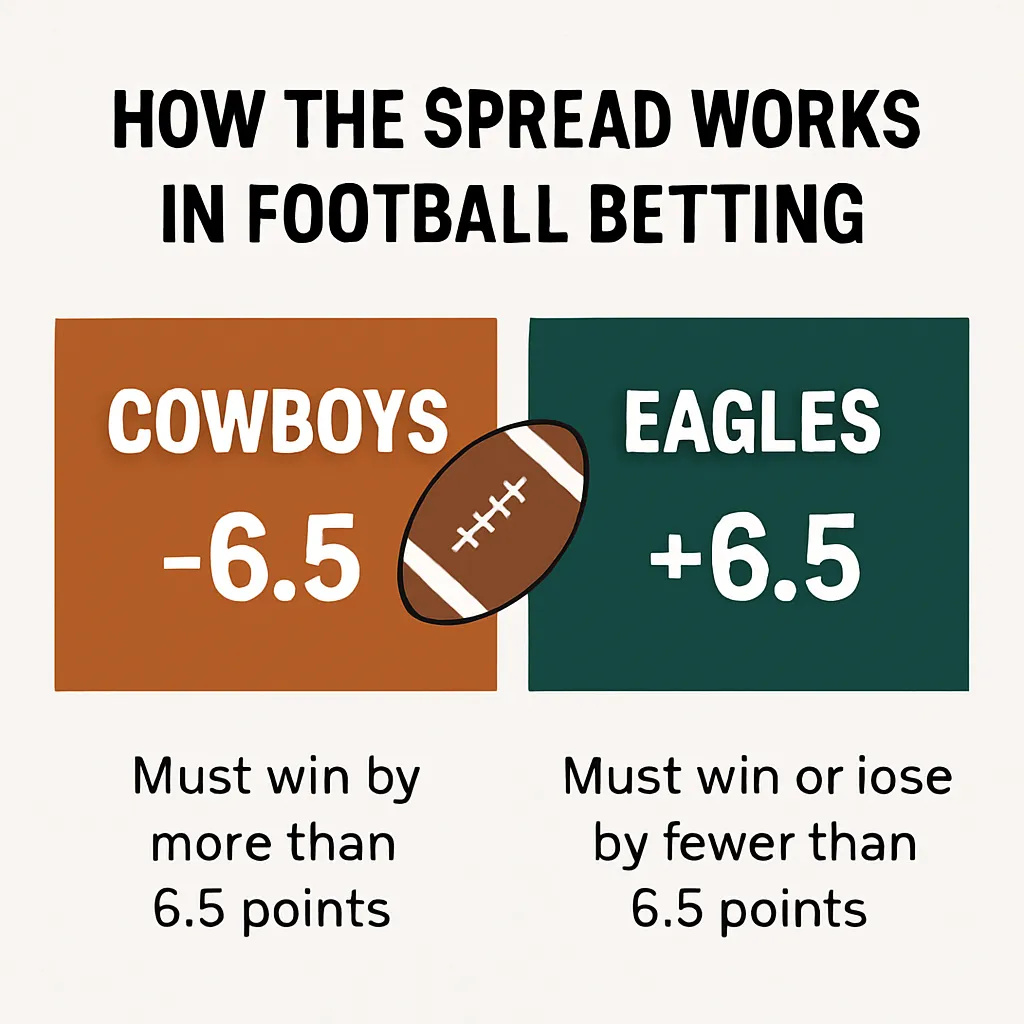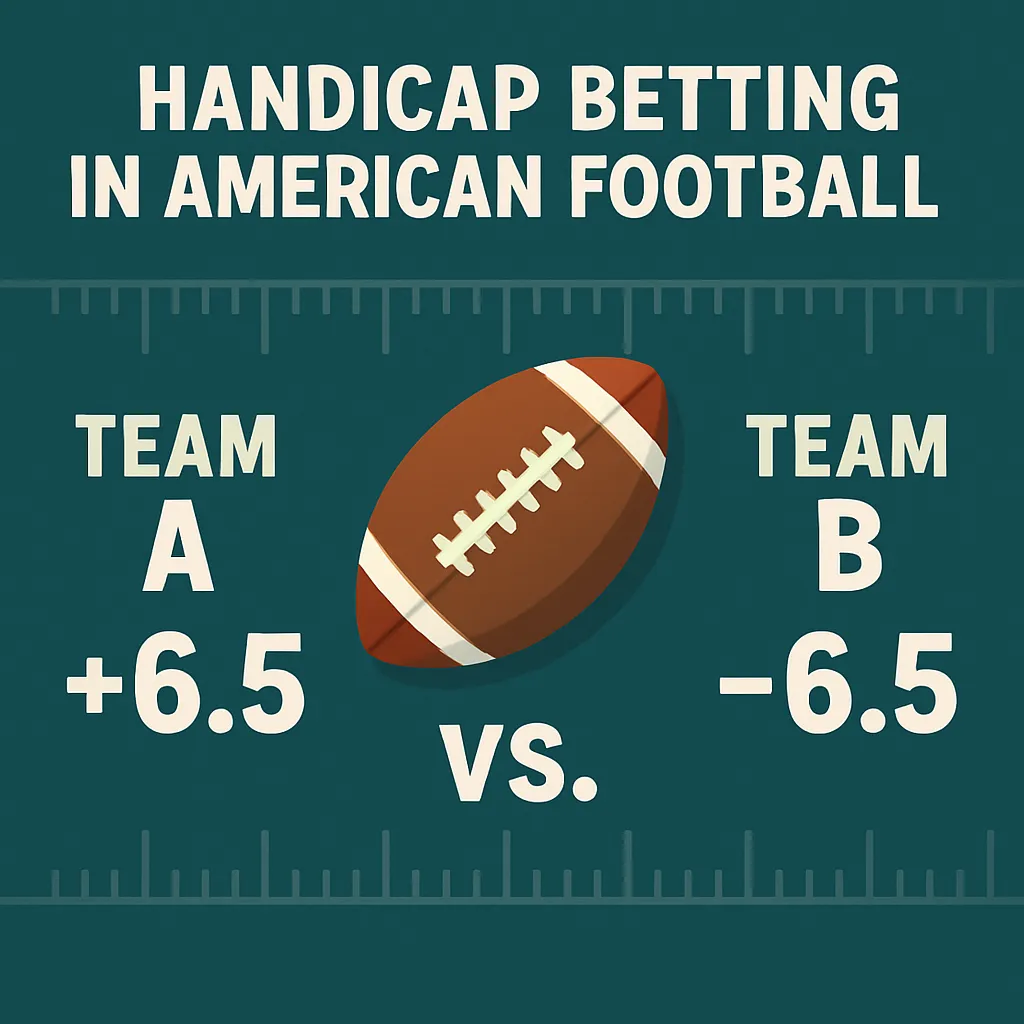The world of football betting can be complex and full of unique wagers designed to excite seasoned bettors and novices alike. One of the most intriguing high-risk, high-reward NFL betting options is the Octopus bet. In this article, we’ll dive into exactly what an octopus bet is, how it originated in the NFL, and why it has become such a buzzworthy prop among fans. Whether you’re looking to diversify your portfolio of NFL prop bets or simply curious about advanced sports betting guides, this comprehensive guide will lay out everything you need to know. From mechanics and payout calculations to strategy tips and historical examples, you’ll gain a solid understanding of why this unique wager has captured the attention of gamblers at Super Bowl parties and online sportsbooks. Ready to explore one of the most creative football betting structures? Let’s get started!
Understanding the Concept of an Octopus Bet
Definition and Explanation of an Octopus Bet
An Octopus bet in football betting is a type of multi-leg parlay that combines eight distinct wagers into one single bet slip. In essence, it’s a parlay of eight “legs” where you must win all eight to cash the ticket, multiplying your odds exponentially. Unlike a regular parlay that might feature two to five legs, the octopus bet takes this concept to the extreme, making it one of the riskiest prop bets you can place. The thrill lies in watching multiple outcomes hinge on your selection—all team and player props must hit correctly for a payout. Because each leg adds to the cumulative odds, successful octopus bets can yield astronomical returns on relatively small stakes. However, the all-or-nothing nature of the octopus bet also means that even a single miss will render the entire wager a loss.
Origin and History in the NFL
The term “octopus bet” originated in Las Vegas sportsbooks in the 1990s as bookmakers sought to innovate beyond standard parlays and teasers. One of the earliest recorded octopus bets took place during a Super Bowl live betting event, where a bettor combined eight in-game propositions—ranging from total rushing yards to first-quarter scoring—into one ticket. From there, the concept gained traction in major Nevada casinos and eventually online sportsbooks as the NFL’s popularity surged. This high-risk prop obtained its name from the eight-legged parlay structure, invoking the image of an octopus with eight arms. Over time, savvy gamblers began referring to any parlay exceeding six legs as an “octopus,” even if the actual number of legs varied. Today, the octopus bet remains a niche offering, typically reserved for major events like the Super Bowl or prime-time matchups where sportsbooks can handle the liability and bettors seek maximum thrill.
The Mechanics of an Octopus Bet in Football
How to Place an Octopus Bet
Placing an octopus bet follows the same fundamental steps as any parlay, but with a larger number of selections. First, you navigate to the parlays or multiple bets section on your sportsbook’s website or mobile app. Next, choose eight different NFL betting markets—these can be moneyline picks, point spreads, over/under totals, or even individual player props. After adding each selection to your bet slip, you’ll see the combined odds update in real time, reflecting the multiple of individual implied probabilities. Then, decide on your stake amount; since the odds can reach into the hundreds or thousands, most bettors wager a conservative amount, often $10 to $25. Finally, review all eight legs carefully, confirm your ticket, and submit the bet. Be sure to check any special rules your sportsbook may have regarding octopus bets, as not all operators offer this prop or may limit it to major events.
Odds and Payouts Explained
The most appealing aspect of an octopus bet is its potential payout, but understanding how those odds are calculated is crucial. In a parlay, the overall odds are the product of the decimal odds of each individual leg. For example, eight legs each at 1.90 decimal odds yield a combined odd of 1.90⁸ (approximately 43.05). Multiplying your stake by 43.05 gives the potential payout. However, many sportsbooks apply parlay rules or capped payouts, so you may not always see the true mathematical product. It’s important to consult the sportsbook’s parlay calculator to verify exact returns for your chosen legs. Below is a sample table illustrating how different octopus bet combinations can affect your potential payout on a $100 stake.
| Team/Prop Combination | Number of Legs | Average Odds (Decimal) | Potential Payout ($100 Stake) |
|---|---|---|---|
| Mixed Moneyline & Over/Under Props | 8 | 1.85 | $100 × 1.85⁸ ≈ $35,247 |
| All Player Props (e.g., RB Yards, QB TDs) | 8 | 1.95 | $100 × 1.95⁸ ≈ $61,181 |
| Point Spreads Only | 8 | 1.90 | $100 × 1.90⁸ ≈ $43,046 |
Strategies and Tips for Betting on an Octopus
Effective Betting Strategies
While the octopus bet is inherently high risk, certain strategies can help you approach this unique wager more intelligently. Before placing an octopus bet, conduct thorough research on each proposed leg, focusing on recent team trends and player performance metrics. Diversify your legs across different bet types—mix moneylines, spreads, and props—to avoid correlated outcomes that could spike risk. Make use of sports betting guides and statistical models to gauge realistic probabilities rather than relying solely on gut feeling. It’s also wise to cap your maximum stake percentage; many professional bettors recommend risking no more than 1–2% of your bankroll on any single octopus bet. Finally, consider “hedging” opportunities: if several legs hit early, you might cash out for a guaranteed profit rather than chasing the full eight-leg payout.
- Research each selection using advanced analytics and recent form data.
- Cap your octopus bet at 1–2% of your total bankroll to manage variance.
- Mix leg types (moneyline, spread, player props) to reduce correlation.
- Use sportsbook calculators to confirm true potential payouts.
- Consider early cash-out options on live betting platforms.
Evaluating Risks and Rewards
Octopus bets epitomize the “all-or-nothing” mentality of extreme gambling, bringing both massive upside and significant downside. The more legs you include, the higher your required accuracy—and the smaller the likelihood of winning. However, if you correctly predict eight outcomes, your payout can dwarf that of a simple parlay or single-game bet. It’s crucial to balance ambition with pragmatism: understand that a single unexpected injury or weather shift can sabotage your entire ticket. In assessing whether an octopus bet aligns with your overall betting strategy, ask yourself whether you’re comfortable losing the full stake for a remote chance at a life-changing payout. For most bettors, octopus bets are best reserved for marquee NFL matchups where additional information and prop variety can improve your decision-making edge.
Comparing Octopus Bets to Other Prop Bets
Differences with Prop Bets
Unlike standard NFL prop bets—which focus on individual player or game outcomes—an octopus bet strings together multiple props into one cohesive ticket. A single prop bet might involve whether a quarterback will throw over 2.5 touchdowns, with fixed odds around 1.80–2.00. In contrast, an octopus bet bundles eight such props (or various bet types) into a single stake, exponentially multiplying risk and reward. The key distinction is that prop bets pay out on each individual result, while an octopus requires a perfect record across all components. Additionally, sportsbooks often offer lower juice on popular props but may apply special rules for parlays or octopus bets, such as rounding decimal odds or capping maximum payouts. Thus, while both belong to the realm of football betting, the octopus bet represents a hybrid between a parlay and multiple prop bets.
Advantages and Disadvantages
Octopus bets come with several advantages for speculative bettors seeking large returns on small investments. The allure of a potentially life-altering payout, combined with the excitement of watching multiple correlated events unfold, makes this a thrilling wager. On the downside, the probability of winning decreases sharply with each additional leg, making these bets more akin to lottery tickets than traditional sports wagers. Furthermore, many sportsbooks impose stricter limits or refuse to accept octopus bets outside major events, reducing accessibility. Below is a concise list summarizing the primary pros and cons of octopus betting.
- Advantages: Huge potential payouts; exciting multi-event engagement; diversification across bet types.
- Disadvantages: Extremely low win probability; single failure voids entire ticket; limited availability outside marquee games.
FAQs about Octopus in Football Betting
Common Questions and Misconceptions
Many bettors have questions about the mechanics, legality, and advisability of octopus bets. Below you’ll find answers to some of the most frequently asked questions, addressing common misconceptions and providing clarity on this complex wager. Whether you’re curious about minimum leg requirements or worried about hedging, these FAQs will guide you toward more informed NFL betting decisions.
- Is an octopus bet the same as an eight-leg parlay? Yes—essentially, an octopus bet is a parlay composed of eight legs. The term simply emphasizes the high-leg count.
- Can I hedge an octopus bet? Some sportsbooks allow partial cash-out if you’ve hit several legs early, effectively hedging and locking in profits.
- What is the minimum stake? This varies by operator, but many online sportsbooks set a $1 to $10 minimum for parlays and octopus bets.
- Do all sportsbooks offer octopus bets? No; due to liability, many limit octopus bets to high-profile NFL games like the Super Bowl or playoff matches.
- Are octopus bets legal? In jurisdictions where NFL betting is regulated, octopus bets are legal, subject to local gambling laws.
Famous Octopus Bets in History
Over the years, a few bettors have managed to hit monumental octopus bets, cementing their names in sports betting lore. One notable instance occurred during Super Bowl XLVIII, when a Las Vegas bettor combined eight prop legs—including total passing yards, opening drive scores, and halftime results—into a single ticket that paid out over $100,000 on a $5 stake. Another famous example took place in a Monday Night Football prime-time game, where a well-researched player prop octopus featuring four touchdown props and four yardage props led to a six-figure payday. These stories highlight both the astronomical upside and the razor-thin margin for error inherent in the octopus bet.
Conclusion
In the realm of NFL betting, the octopus bet stands out as a truly unique wager—one that offers massive payouts for those willing to embrace steep odds. By combining eight legs into a single ticket, bettors engage in a thrilling high-risk challenge that rewards meticulous research and bold decision-making. While the probability of victory is undeniably low, the potential payout can justify the occasional speculative punt for seasoned gamblers. Whether you’re placing an octopus bet for the Super Bowl or experimenting with this prop during regular-season games, remember to manage your bankroll carefully and apply sound betting strategies. For more information on sports betting guides and advanced betting strategy, explore our other articles on NFL prop bets, gambling best practices, and football league analysis. Good luck, and may your next octopus bet hit all eight legs!



